Living Planet
Nature · Earth · ClimateNature Notes: April 2024
UP WITH THE LARK
A life-affirming month of hope and new beginnings when spring is in full swing.
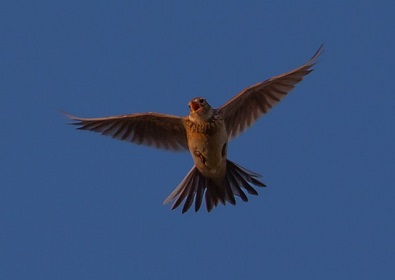
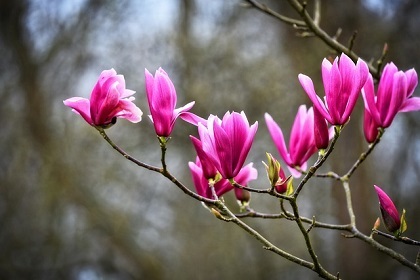
March highlights: the bubbling of skylarks dribbling melodies both down from the sky and upwards from the earth; a 'fuzz' of green licking distant trees; thickening woodland carpets of verdant leaves; wood anemones opening delicate flowers to the sun; contrasting large, bold magnolias in gardens blooming on bare spring stems; blackbirds fluting at dawn and dusk; blackthorn blossom adorning the hedgerows; news that Giant Redwoods, the world's largest trees, are 'thriving' in the UK - there are some flourishing here in Slinfold too; the clocks 'springing' forwards on Easter Sunday to maximise our hours of sunlight.
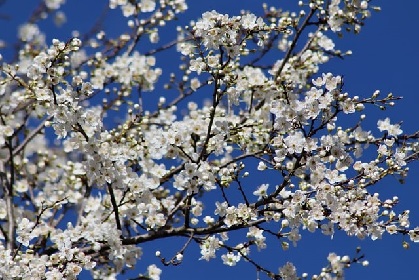
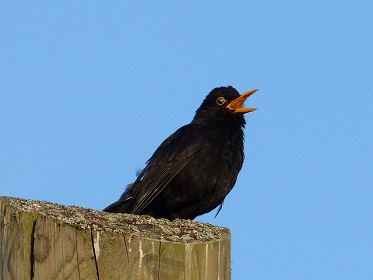
Lowlights: yet more rainfall and flooding on already sodden soils, flushing vulnerable frogspawn and tadpoles out of overflowing ponds and ditches; more trees, hedges and homes for wildlife destroyed, and the creatures within them, as sterile poles and barbed wire continue to replace nature's more abundant boundaries; a painfully thin young buck that died over-night; active 'house'-shrews making me jump!
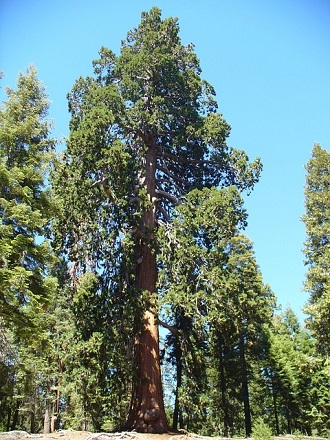
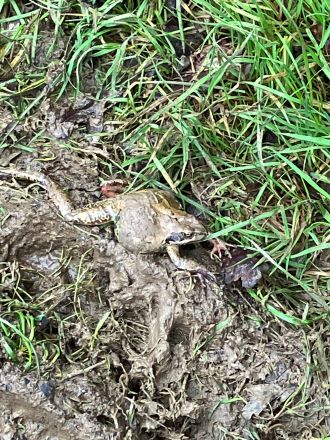
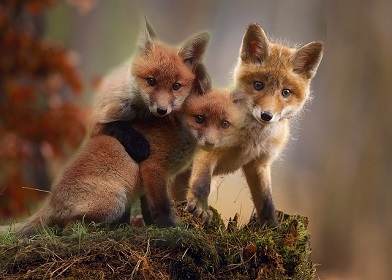
Key messages:
1) Be mindful of ground-nesting birds.
2) Be alert to wildlife on the roads this peak cub-rearing season, especially around dawn and dusk.
3)Avoid thirsty creatures becoming trapped in your pond by ensuring there's a sturdy exit ramp made of wood or stones up from the deepest point.
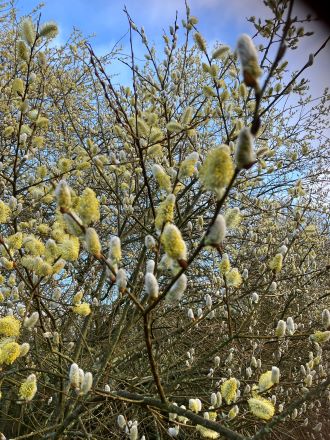
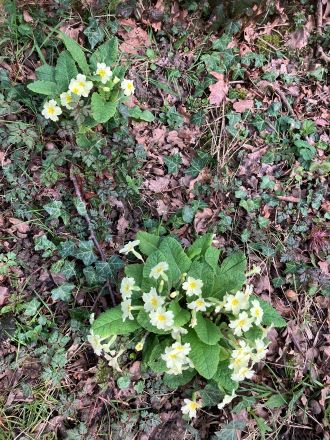
What to see/hear in April: Bumbling St Marks Flies on 25th (St Marks Day); red campions and cuckoo flowers; orange-tip butterflies alighting on garlic mustard; tawny mining bees circling the opening of their nest tunnels; greater crested newts travelling; water shrews breeding; unpredictable snow or hail; fox cubs emerging and playfully experiencing the outside world; the first kingfisher clutches being laid.
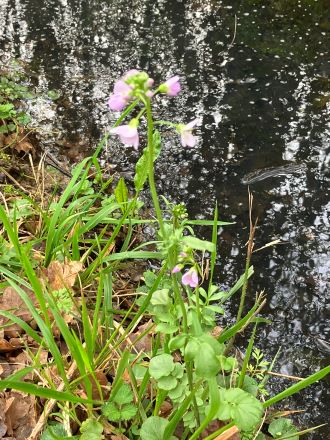
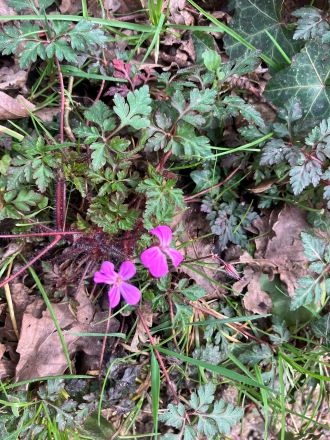
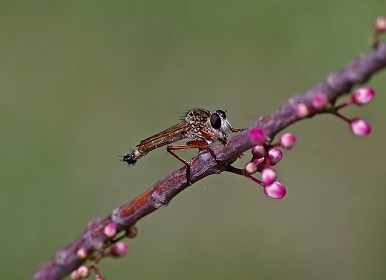
More likely to see/hear: Paper thin, lime green, beech tree leaves unfurling above shimmering seas of bluebells; galaxies of yellow sun dandelions amongst deep lush grass; house martins and swallows swooping their return; patches of early purple orchids with blotchy leaves; wild ransom; birdsong later into the evenings; new fledglings finding their wings; an increase in molehills - as temperatures rise and the moles follow the earthworms who move up into the shallower soil to feed and breed.
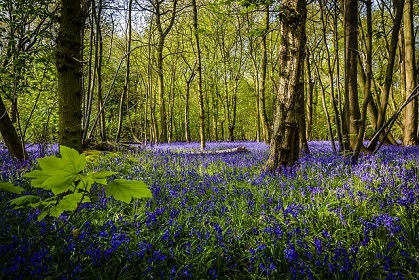
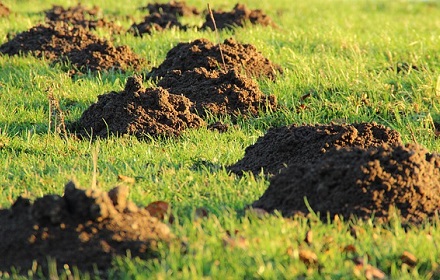
What you can do this month:
- Ensure your bird feeders are topped up to provide extra energy for those nesting, breeding and raising chicks, especially if it's cold and wet.
- If the ground dries out, create a sludgy puddle for house martins, swallows and blackbirds who use mud to make their nests. Leave twigs, leaves and any raked moss as nesting material for other birds.
- Show your love for nature by a) Participating in Zero Hour's 'Climate and Nature' election campaign b) Taking part in the 'Big Green Hike' sponsored walk, on 6-7th April 2024.